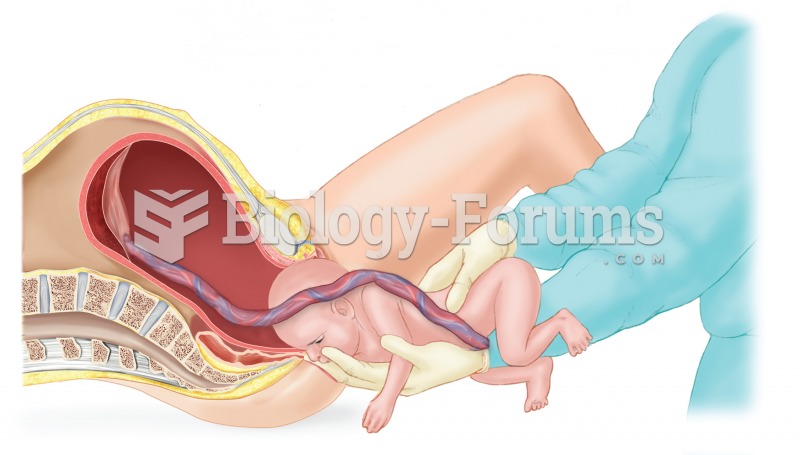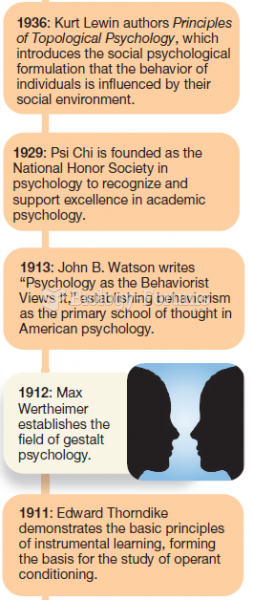Answer to Question 1
It was in the visual arts that the new psychology made its most dramatic impact. As artists brought to their work their hidden emotions, their repressed desires, and their dreams and fantasies, art became the vehicle of the subconscious. The irrational and antirational forces of the subconscious were the subject and the inspiration for an assortment of styles, including Expressionism, Dada, and Surrealism.
Expressionism was a style marked by extremes, pathos, violence, and emotional intensity. In the visual arts, it was marked by distorted forms, harsh colors, and the bold and haunting use of black. Composers also wrote in the Expressionist style. Cultural anxiety and apprehension found their way into compositions in the use of atonal and harshly dissonant melodies and harmonies. Song cycles resembled stream-of-consciousness monologues.
While Expressionism investigated the Freudian unconscious, the Dada movement was dedicated to irrationality. Dadaists believed that art was the product of chance, accident, or outrageous behavior, and produced works that deliberately violated good taste, middle-class values, and artistic convention. Dada's attacks on rationalist tradition and on modern technocracy in general reflected the spirit of nihilism(the denial of traditional and religious and moral principles). Further, Dada introduced the modern notion that a work of art was first and foremost about an artist's idea.
Surrealism was devoted to giving physical expression to the workings of the unconscious mind. The Surrealists paid explicit homage to Freud and his writings, especially those on free association and dream analysis. Like Dada, Surrealism helped to liberate the artists from reason and from the demands of conventional society. Surrealism, however, placed a greater emphasis on the dream state in guiding a work's content and aesthetics.
Answer to Question 2
The impact of the new psychology and Freud's pessimistic view of human nature affected all aspects of artistic expression, not the least of which was literature. A great many figures in early twentieth-century fiction were profoundly influenced by Freud, such as Marcel Proust, Franz Kafka, James Joyce, and E. E. Cummings. In the works of these novelists, the most significant events are those that take place in the psychic life of dreams and memory. The narrative line of the story may be interrupted by unexpected leaps of thought, intrusive recollections, self-reflections, and sudden dead ends. Fantasy may alternate freely with rational thought.
Proust's Remembrance of Things Past explored the role of memory in retrieving past experience and in shaping the private life of the individual. Proust's mission was to rediscover a sense of the past by reviving sensory experiences buried deep within his psyche, that is, to bring the unconscious life to the conscious level. For me, explained Proust, the novel is . . . psychology in space and time.
Kafka brought Freudian subconscious to macabre and disorienting stories. His novels and short stories take on the reality of dreams in which characters are nameless, details are precise but grotesque, and events lack logical consistency. In the nightmarish world of his novels, the central characters become victims of unknown or imprecisely understood forces. His style, which builds on deliberate ambiguity and fearful contradiction, has had a major influence on modern fiction.
From Freud's works, Joyce drew inspiration for the interior monologue,a literary device consisting of the private musings of a character in the form of a stream of consciousnessa succession of images and ideas connected by free association rather than by logical argument or narrative sequence. The stream-of-consciousness device recalls the technique of free association used by Freud in psychotherapy.
Modern poets, such as Cummings, avidly seized upon stream-of-consciousness techniques to emancipate poetry from syntactical and grammatical bonds. Cummings poked fun at modern society by packing his verse with slang, jargon, and sexual innuendo, a literary analogue to Freud's concept of libido.







